How to Selecting a Sample Pad?
Date: 2025-01-17 Categories: Industry News Hits: 773
The sample pad is the first material that comes in contact with the sample when running a lateral flow assay so the sample pad material and pre-treatment should be evaluated to ensure that the sample has the optimal flow and treatment before the sample reaches the reagents in the system.
Sample pads can be made from various materials such as glass fiber, cellulose, cotton, and synthetic material. The absorption capacity is an important product specification as it can dictate the sample volume that will be allowed per test. The sample medium of the assay should be considered when deciding which materials will be screened for development. It is always recommended to evaluate as many materials as possible to obtain the best results. Many of the materials, particularly the materials that will act as a filter for the sample, will have a "sidedness." Usually, the side that has a rougher composition will face up, while the smoother side will be face down. However, obtain as much information as possible from the supplier for the best use of the materials, and always screen and test the materials empirically to determine the best results.
In some sample mediums, such as urine and saliva, the composition of the sample can vary significantly depending on the individual, time of day, food and drink consumed before sample collection, as well as many other biological factors. Treating the sample pad with an optimized buffer can aid in "normalizing" the samples before they reach the conjugate to prevent any negative interactions that may occur from the differences in pH, protein composition, mucins, salt concentrations, and any molecules that may cause non-specific interactions with the antibodysystem. In other sample mediums, such as whole blood and solubilized solids, it is critical to prevent the passage of unwanted material. For these samples, the sample pad can act as a filter.
The sample pad will retain the unwanted particulates while allowing the fluid containing the analyte of interest to flow through the test strip. In the case of whole blood, a filter can be used that will hold back the red blood cells while allowing the plasma/serum to pass through the assay. It is also critical to understand whether the sample pad material has an affinity for the analyte of interest.
The sample pad can be used to perform multiple tasks, foremost of which is to promote the even and controlled distribution of the sample onto the conjugate pad. It may also control the rate at which liquid enters the conjugate pad, preventing flooding of the device. When impregnated with components such as proteins, detergents, viscosity enhancers, and buffer salts, the sample pad can also be used to:
1. Increase sample viscosity (modulate flow properties).
2. Enhance the ability of the sample to solubilize the detector reagent.
3. Prevent the conjugate and analyte from binding nonspecifically to any of the downstream materials.
4. Modify the chemical nature of the sample so that it is compatible with immunocomplex formation at the test line.
5. Promote even flow of the sample along the membrane.
The presence of added protein (such as albumin) and detergents and surfactants (such as SDS or Tween® 20 at a low concentration) may promote resolubilization of the conjugate, reduce nonspecific binding of the conjugate, and possibly minimize adsorption of the analyte to the membrane.
By adding blocking agents to the sample pad, it may be possible to eliminate blocking of the membrane.
This approach may be much easier and considerably more cost-effective than attempting to block the membrane directly. Unless the antibody (or antigen) is covalently attached to the detector particle, it is not advisable to dry the detector reagent into the conjugate pad in the presence of blocking proteins or detergents.
Exogenous proteins, especially in the presence of detergents, can displace the antibody or the antigen from. the detector particle during prolonged storage.
Thus, the sample pad may be the only place in the test device other than the membrane where blocking and resolubilization agents can be added safely.
Some tests are intended for samples that exhibit wide variation in chemical composition. Human urine, for instance, can have a pH between 5 and 10. Differences in pH and ionic strength may shift the specificity and sensitivity of capture and detector reagents and promote varying degrees of nonspecific binding of detector reagents due to changes in charge densities and protein conformations. Adding a relatively high concentration of buffer salts to the sample pad (for example, by pretreating with 1.0 M borate buffer, pH 9.5) can minimize variation by controlling the pH and ionic strength of the solution that emerges from the sample pad.
There are two types of materials that are commonly used as sample pads: cellulose fiber filters and woven meshes.
Cellulose filters have properties that are nearly the opposite of woven meshes. They are thick (>250 m), weak, and relatively inexpensive. Cellulose filters also have large bed volumes (>25 (L/cm2). Paper can be difficult to handle, especially when wet. Cellulosic filters are the most commonly used materials to make the sample pad because they can be loaded with a wide array of blocking agents, detector particle release agents, pH and ionic strength modifiers, and viscosity enhancers. When using cellulose filters, care must be taken to ensure sufficient and consistent contact with the underlying conjugate pad material. Failure to achieve good contact and adequate compression can lead to interrupted or inconsistent transfer of fluid into the conjugate pad.

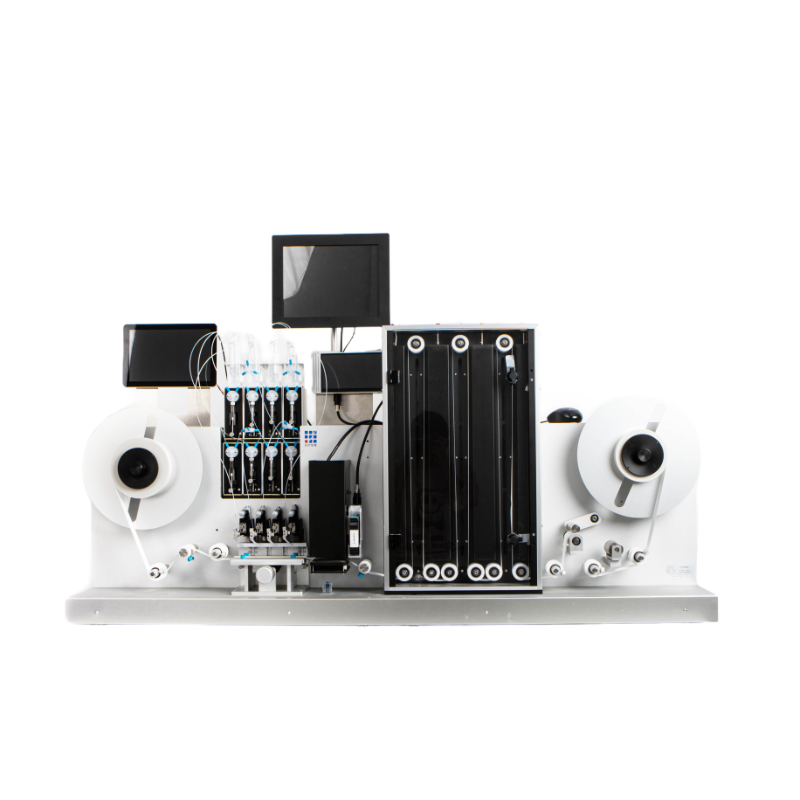 Reel to reel dispenser DS3000
Reel to reel dispenser DS3000  Dispenser sprayerXYZ3020
Dispenser sprayerXYZ3020 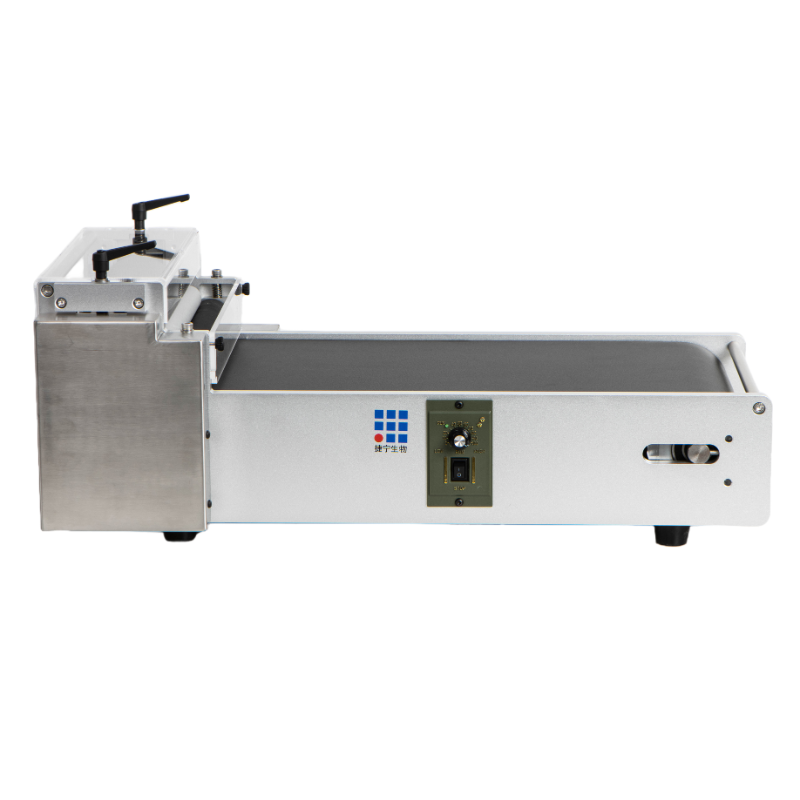 Assembly rollerAR3000
Assembly rollerAR3000 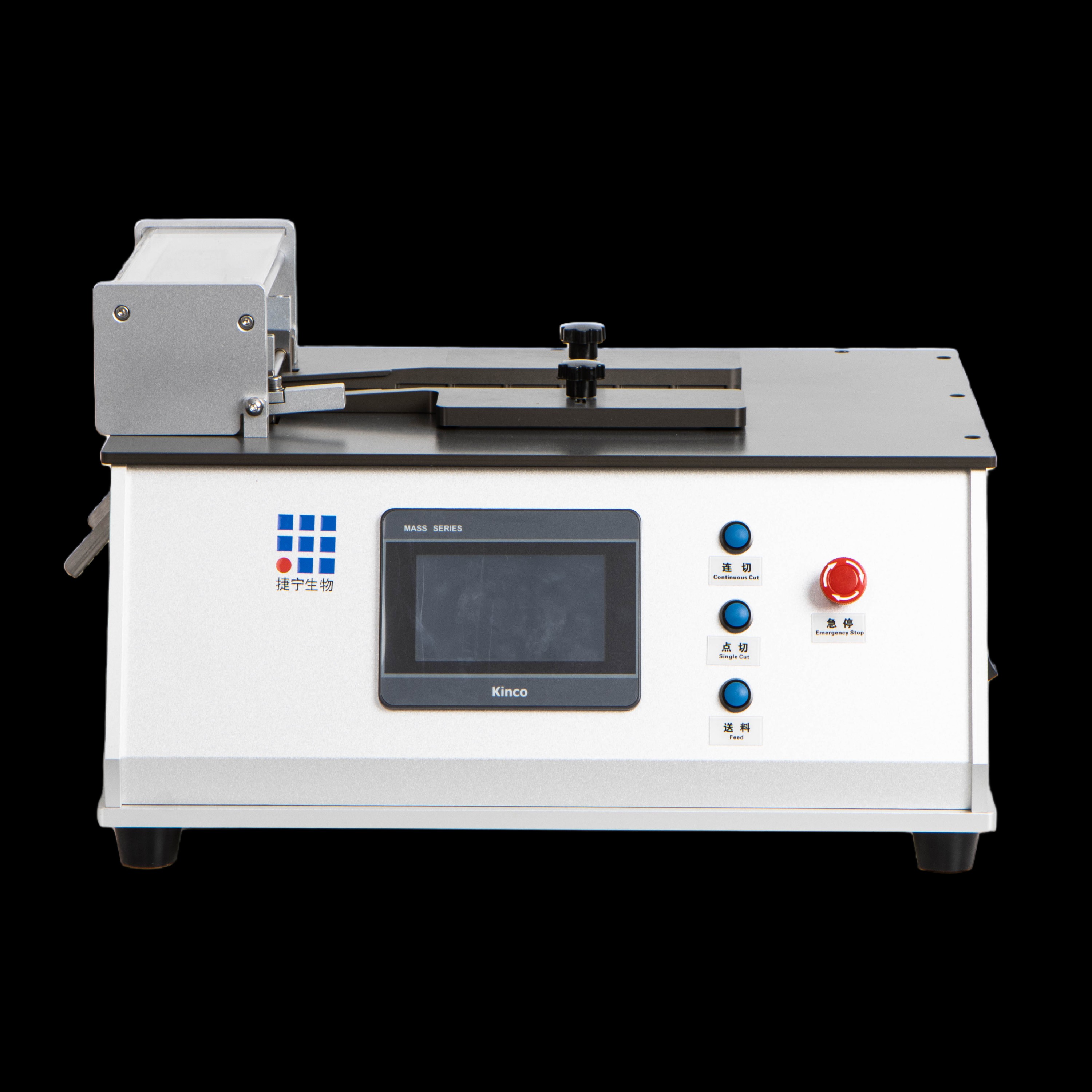 Guillotine cutter CM3020
Guillotine cutter CM3020  Simple Dispenser 100 (SD100)
Simple Dispenser 100 (SD100) 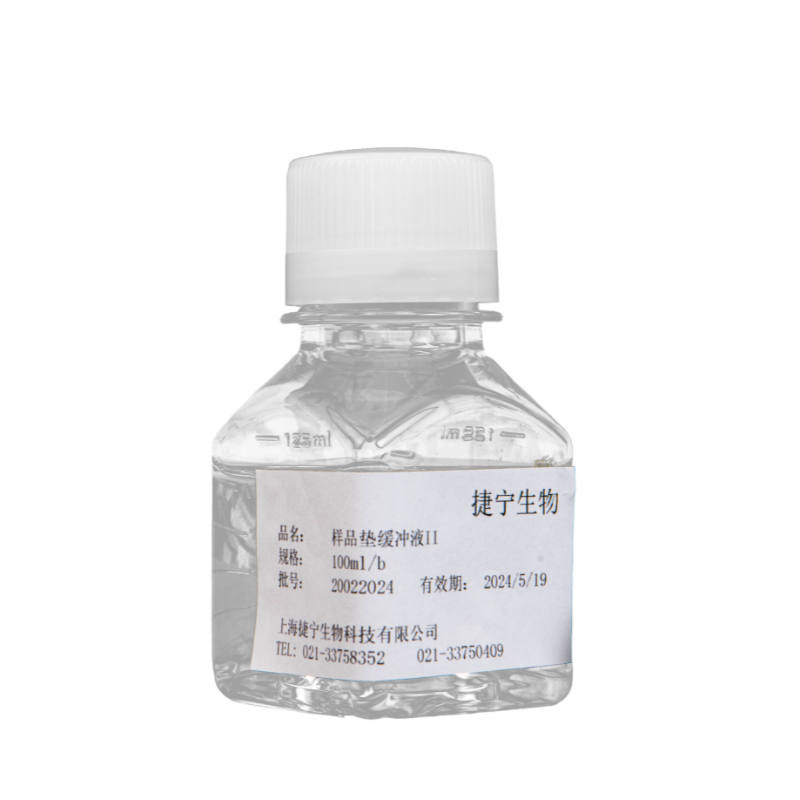 Sample Pad Buffer
Sample Pad Buffer  NC membrane
NC membrane  Glass fiber
Glass fiber 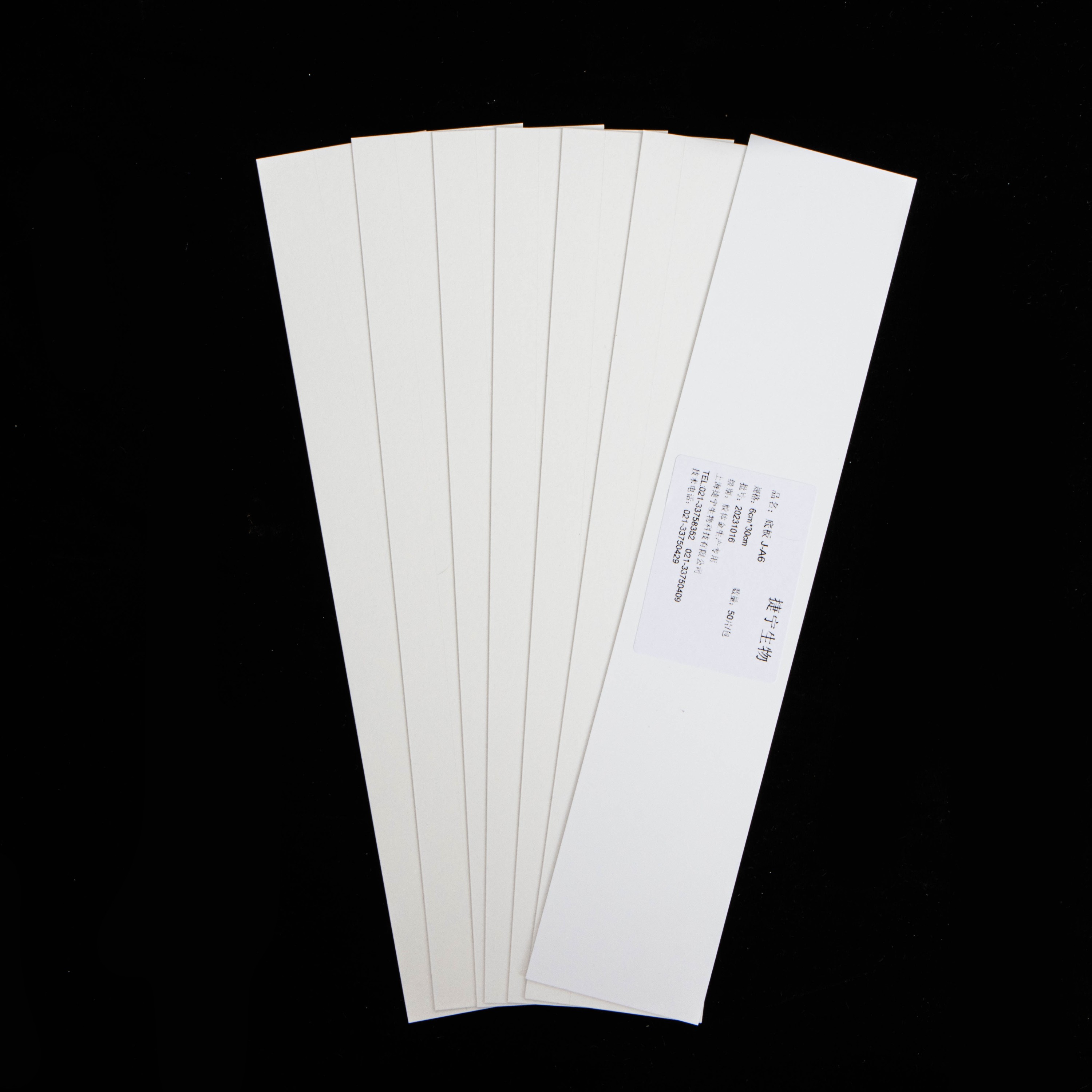 Plastic backing
Plastic backing 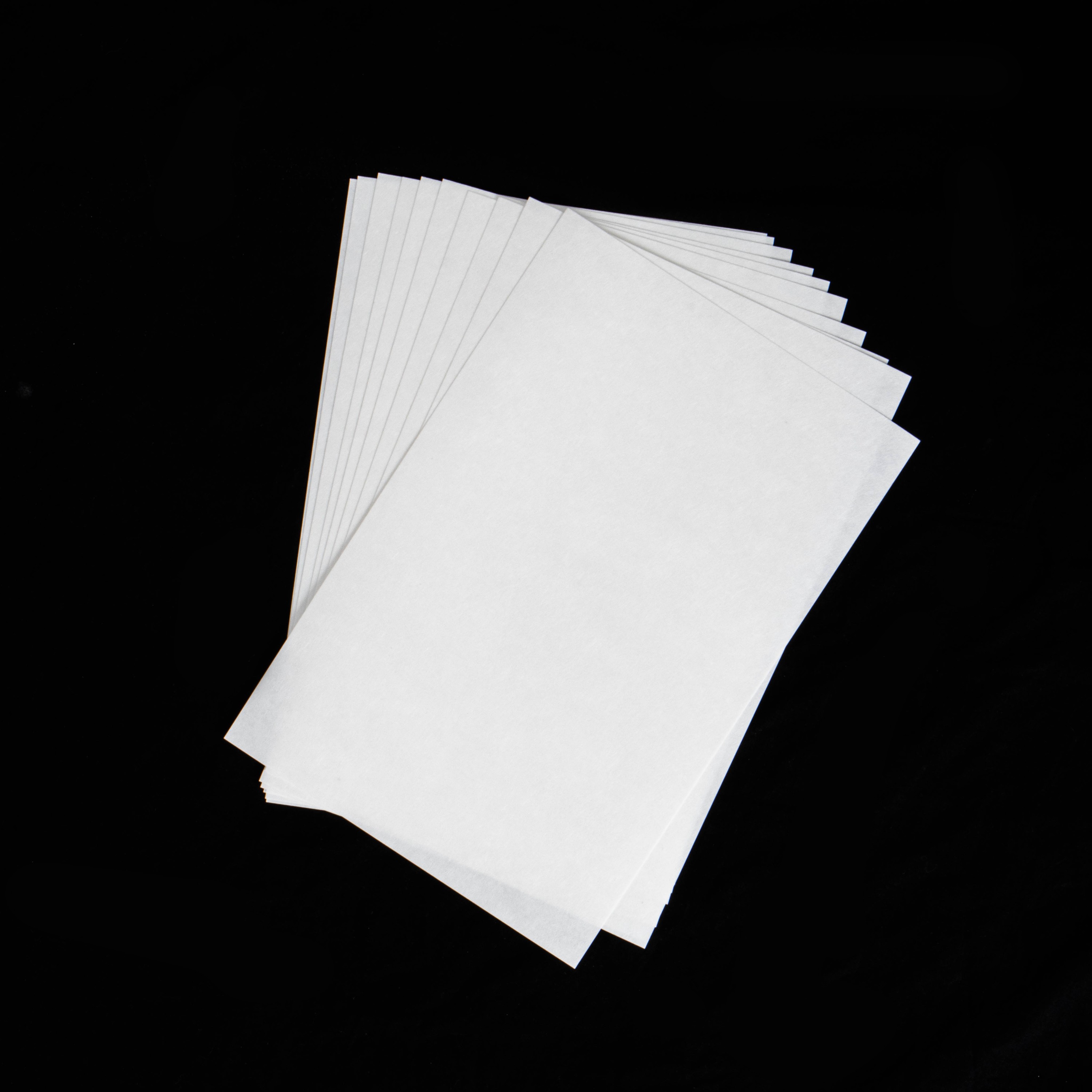 Polyester membrane
Polyester membrane